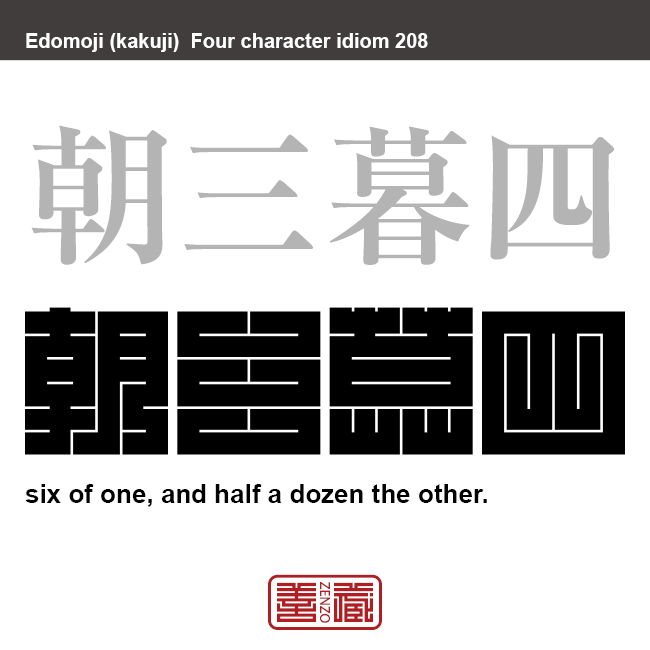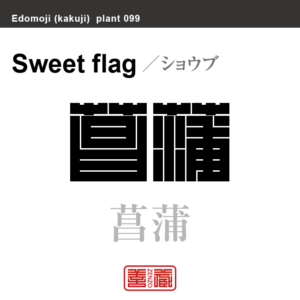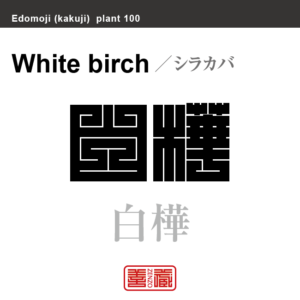朝三暮四 ちょうさんぼし 角字でことわざ、四字熟語

朝三暮四
ちょうさんぼし
Cyousan-Boshi
Six of one, and half a dozen the other.
Unicode: [朝_0x671D][三_0x4E09][暮_0x66AE][四_0x56DB]
目前の違いにこだわり、結局は同じ結果なのに気がつかないこと。
言葉巧みにうまく話して他人を欺くこと。
また、変わりやすく一定しないこと。
宋の国に狙公という人がいた。猿を可愛がって群れをなすほど養っていた。ところが貧しくなったので、猿に与えるドングリを減らすことにした。
まず猿たちに「お前たちにドングリをやるのに、朝は三つで暮は四つにする。足りるか」すると猿たちは皆起ち上がって怒りだした。
そこで狙公は言い変えて、「それじゃ、朝は四つで暮は三つにしよう。足りるか」と言うと、猿たちは皆平伏して喜んだ。という故事から。
角字とは?
江戸時代に誕生した角字は、正方形のグリッド内にほぼ水平・垂直のラインのみで文字(漢字)が表現されるグラフィックアートです。
正方形という限られた空間の中に、あらゆる文字を閉じ込めようとするグラフィックデザインは、前述した、ミニマムな物に対する日本人特有のこだわりが随所に感じられます。
そのシンプルで有りながら、奥深い「角字」は多くの日本人を魅了し、お祭りで着る半被や印半纏(しるしばんてん)と言われる着物や、商標、印鑑、家紋、看板デザインなどに今日まで数多く使用されてきました。
What is Kakuji?
There is a style of penmanship called “Kakuji” in Japan. Edo-born Kakuji is a graphicart that expresses letters (kanji) with almost horizontal and vertical lines only.
The design which bases on many straight lines seems simple, or too plain even at its first glance; yet this beautiful artistic penmanship that encompasses the aesthetic of the Japanese in the Edo era, also known as “Iki”, and playfulness has long been inherited to this day, thanks to the masteries’ long years of efforts in training and refinement.
Kakuji with its simplicity and depth is used for designs such as trademark, hanko stamp, family crest and signboard.































































 2文字コード:MZ 3文字コード:MOZ 数字:508 ITU:258 ccTLD:.mz
2文字コード:MZ 3文字コード:MOZ 数字:508 ITU:258 ccTLD:.mz







































































































































